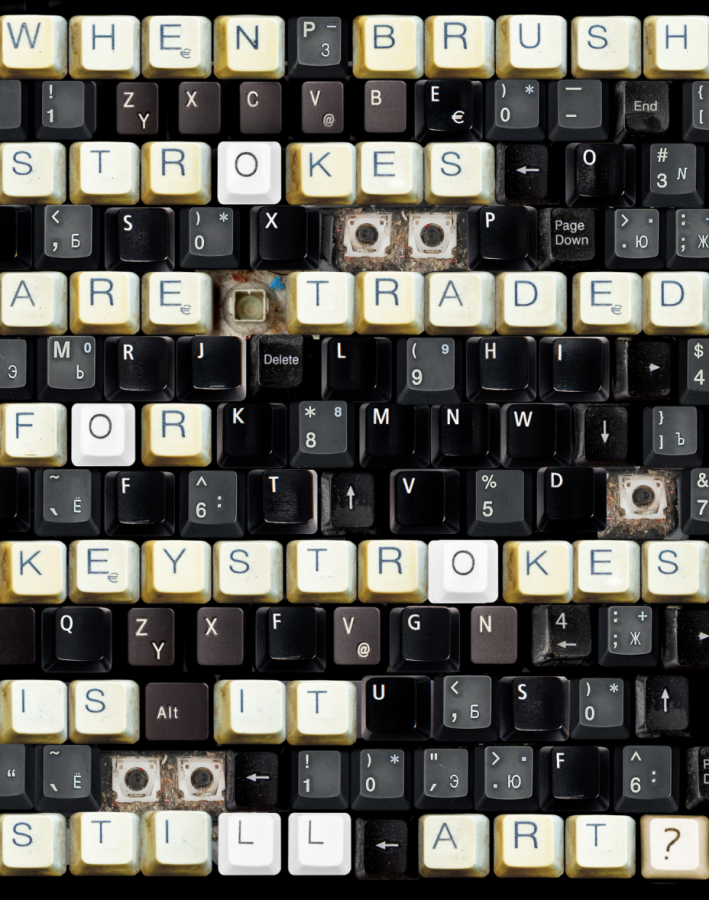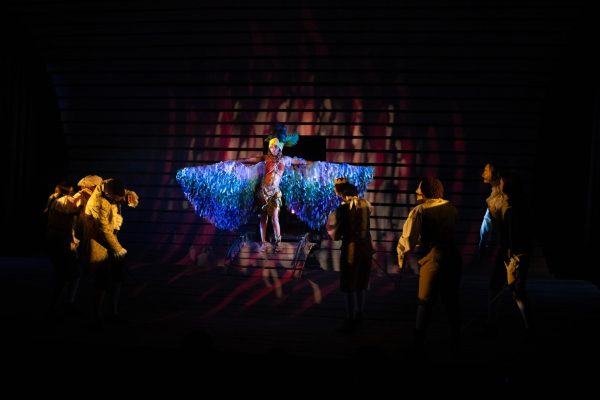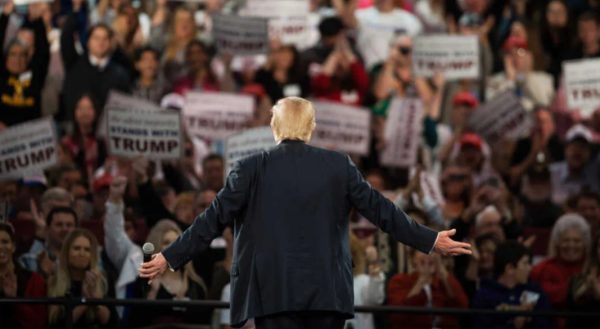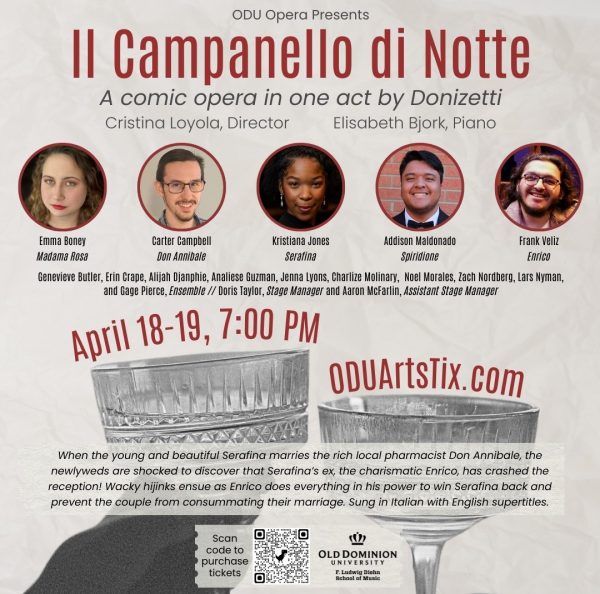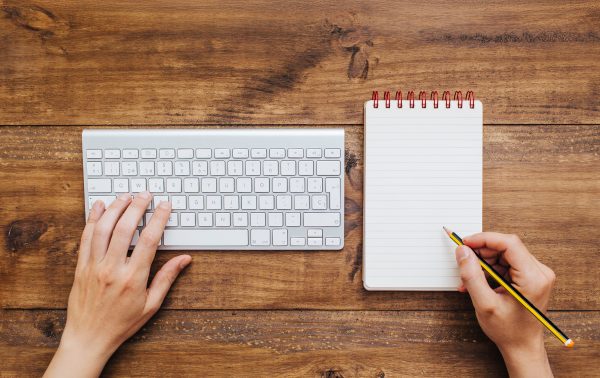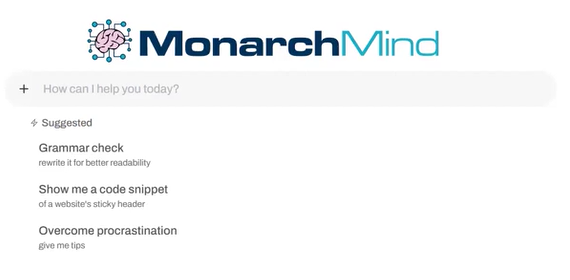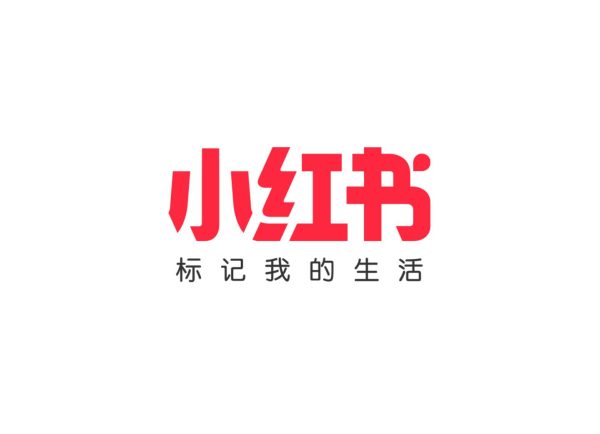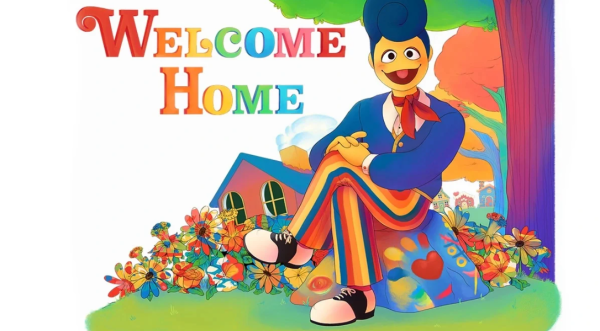When Brushstrokes Are Traded for Keystrokes, Is It Still Art?
Artificial intelligence has always been a trending topic in both the tech world and in popular culture. The concept of machines learning to think, perform, and speak like a human–or better–is awe-inspiring and controversial.
Recently, AI has been dominating the market. AI assistants like Amazon Alexa have exploded in popularity, along with AI “friends” such as Replika. Advancements in AI have spread throughout the video game industry. Now, AI is creeping past technological boundaries and into the arts; an infiltration into the world of human creativity that is, for many, a step too far.
The rapid advancement of AI technology in the 21st century has inspired a range of emotional responses, from overwhelmingly optimistic to apocalyptically fearful. Whatever their opinion, no one can deny that AI art has improved by leaps and bounds.
The relationship between visual art and artificial intelligence isn’t new. Using AI to generate images has been a long-time goal for developers involved with improving AI. A milestone in this quest was reached when an AI-generated art piece titled Edmond de Belamy was auctioned off for a jaw-dropping total of $435,000.
What exactly happened over the past year that inspired such a powerful backlash from social media artists and supporters of the arts?
The answer lies in one word: Accessibility. Until 2022, these types of programs were usually private. Anyone who had access to code could run prompts themselves. However, the average person wasn’t technologically savvy enough to do so.
Fast forward to 2022 and the internet exploded with controversy thanks to Dall-E Mini, an AI art generation website. Social media and news outlets showcased how people could input bizarre prompts to produce truly strange images straight out of a fever dream. Emerging alongside DALL-E Mini were two other AI image software that were outstanding for their efficiency: Midjourney and Stable Diffusion.
So why the controversy? The biggest outrage yet was sparked when an AI-generated art piece won first place in Colorado State Fair’s fine arts competition in September of 2022. Understandably, artists were not happy. In their eyes, it seemed ridiculously unfair that an image that only required the simple input of a specific prompt could win the competition.
When brushstrokes are traded for keystrokes, is it still art? Does the so-called artist truly deserve the medal? Should the medal be awarded to the people who developed the technology? Should AI-generated images even be allowed in a competition in the first place? Conversations surged throughout the social media sphere with adamant supporters on both sides.
The argument in favor of AI-generated art highlights the possible positives of technological advancement. The ability to access a custom-made painting without having to pay a commission is an attractive idea for many users. AI can produce multiple complex images in a short amount of time, whereas a human artist will take more time to produce a singular image. The harsh reality is that the average person doesn’t always want to shell out at least $20 for a single commission piece unless that person is a staunch supporter of the humanity behind the arts.
One of the main arguments against AI art is that AI art generators collect images and data from artists’ work and reproduce similar pieces without any proper credit. Several AI art generators have sprung up on the internet that imitate different art styles, like “Berserk” creator Kentauro Miura’s or Picasso’s cubism art-style. Not even lesser-known artists are safe from having their work harvested by an AI art generator, as these generators often use artwork taken from social media. Essentially, it’s plagiarism. AI art generators are drawing attention and customers away from artists who are trying to gain a following or make a living.
AI art is challenging conventional views of originality and creativity. Is art really “art” if it’s not from a human’s hands, blood, sweat, tears, and emotional trauma? Is it really a unique piece if the artificial intelligence is merely collecting hundreds of image samples to produce an image?
It all circles back to the discussion about automation. Automation has long been a hot topic when it comes to blue collar jobs. Amazon Inc. has already started to increase automation within its fulfillment centers. One of the candidates for the 2020 election, Andrew Yang, was adamant about discussing the future for workers due to automation. Technology is seen as a threat to the jobs of manual workers, and now to artists as well. AI technology is now capable of producing song lyrics, code, pictures, and essays. Is AI going to exterminate honest labor done by human hands?
Maybe, maybe not. In the realm of art, one has to realize what makes art so special. One has to ask if it is truly possible to replicate human emotion, skill, and style. In terms of physical labor, can a machine truly integrate the experience and skill that a human expert has? At the end of the day, machines still fail and break.
Regardless of the answers to these questions, there is still an underlying ethical issue that shouldn’t be disregarded. Artists have reasons to be upset about these new age advancements, while developers have their own reasons to want to further the progress of artificial intelligence.
Not every technological advancement made during the history of humankind has been a positive one. The rise of new technology never goes without consequences.
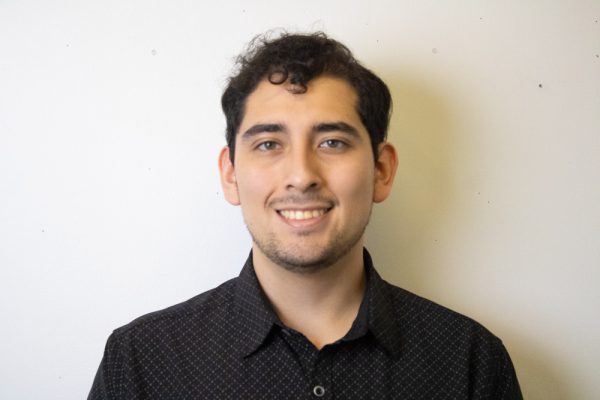
Gabriel is the Editor-in-Chief for the Mace and Crown. He is in his senior year at ODU and is currently majoring in Mechanical Engineering Technology....


